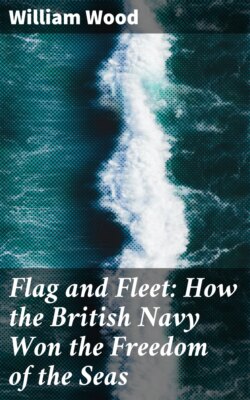Читать книгу Flag and Fleet: How the British Navy Won the Freedom of the Seas - William Wood - Страница 25
[Illustration: ROMAN TRIREME—A vessel with three benches of oars]
ОглавлениеThe Carthaginians never recovered from this first fatal defeat at Mylae in 260 B.C., though Carthage itself was not destroyed for more than a century afterwards, and though Hannibal, one of the greatest soldiers who ever lived, often beat the Romans in the meantime. All sorts of reasons, many of them true enough in their way, are given for Hannibal's final defeat. But sea-power, the first and greatest of all, is commonly left out. His march round the shores of the western Mediterranean and his invasion of Italy from across the Alps will remain one of the wonders of war till the end of history. But the mere fact that he had to go all the way round by land, instead of straight across by water, was the real prime cause of his defeat. His forces simply wore themselves out. Why? Look at the map and you will see that he and his supplies had to go much farther by land than the Romans and their supplies had to go by water because the Roman victory over the Carthaginian fleet had made the shortest seaways safe for Romans and very unsafe for Carthaginians. Then remember that carrying men and supplies by sea is many times easier than carrying them by land; and you get the perfect answer.
